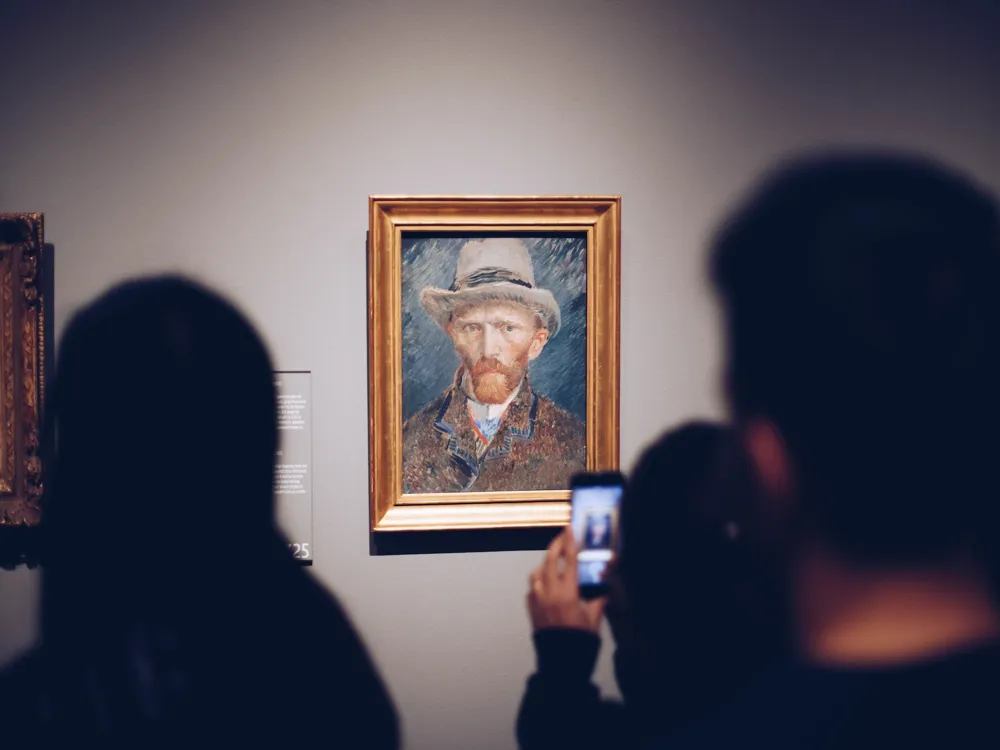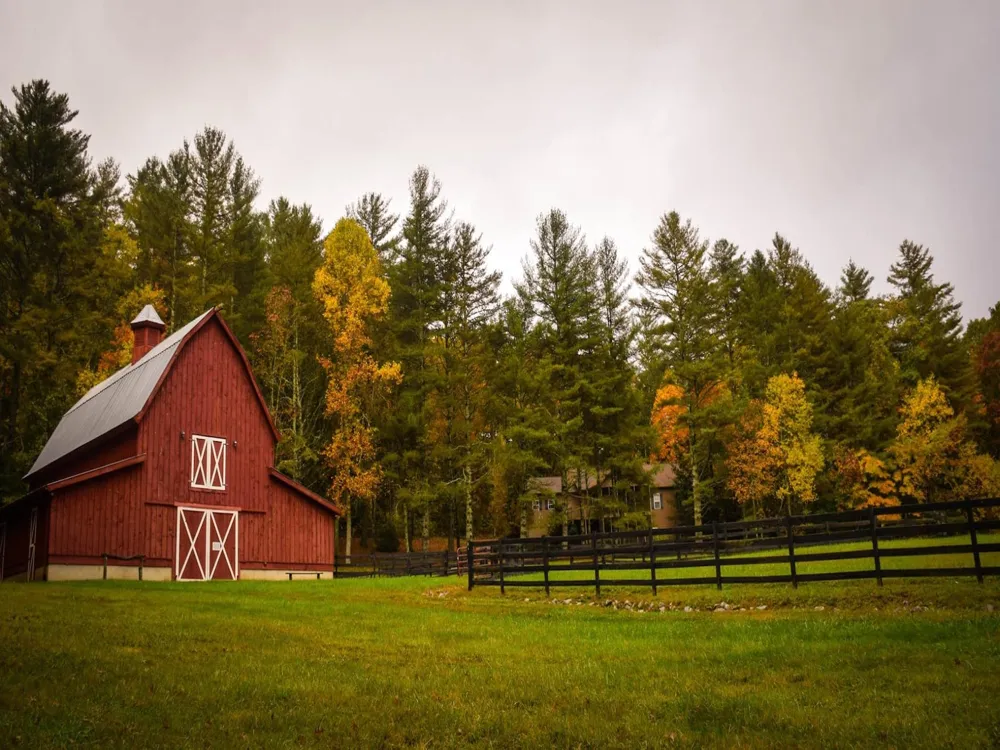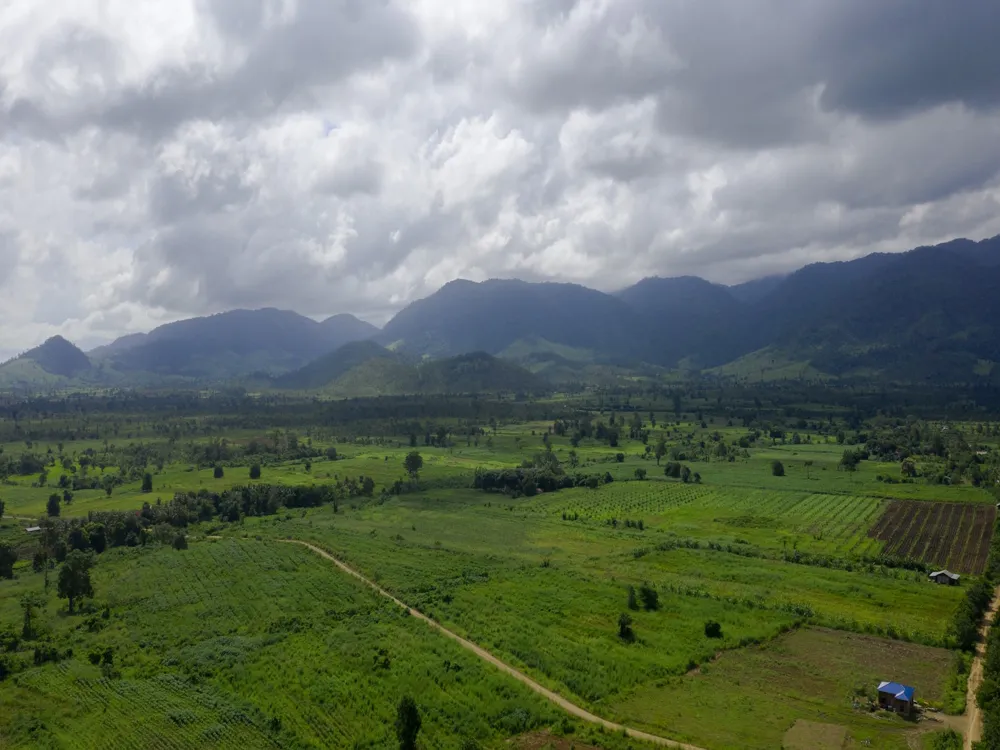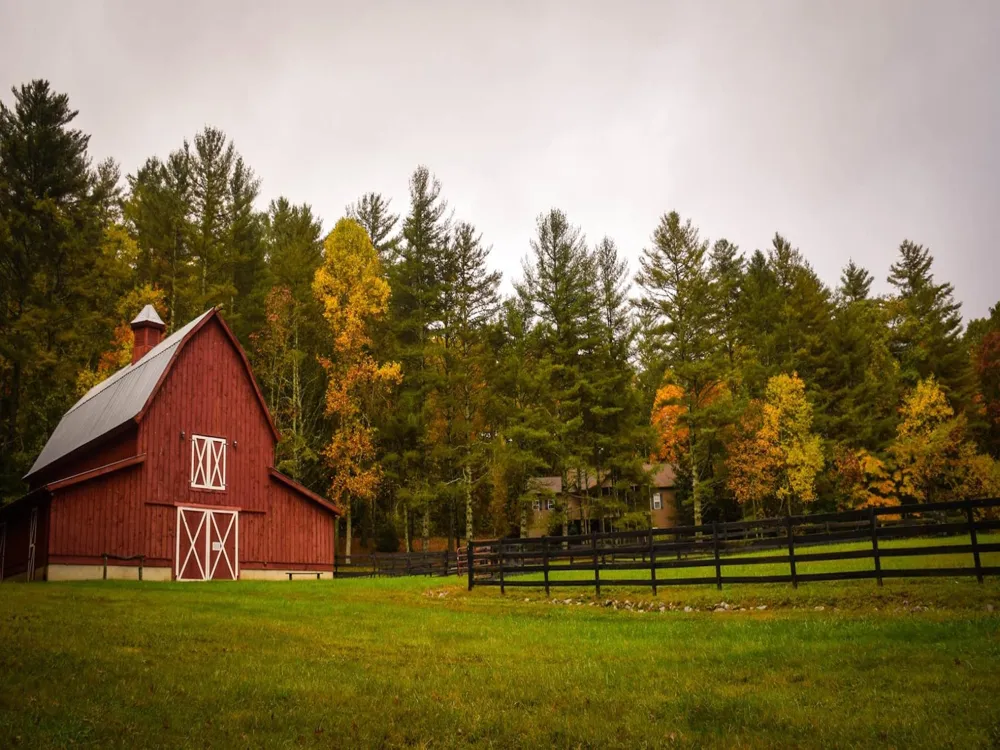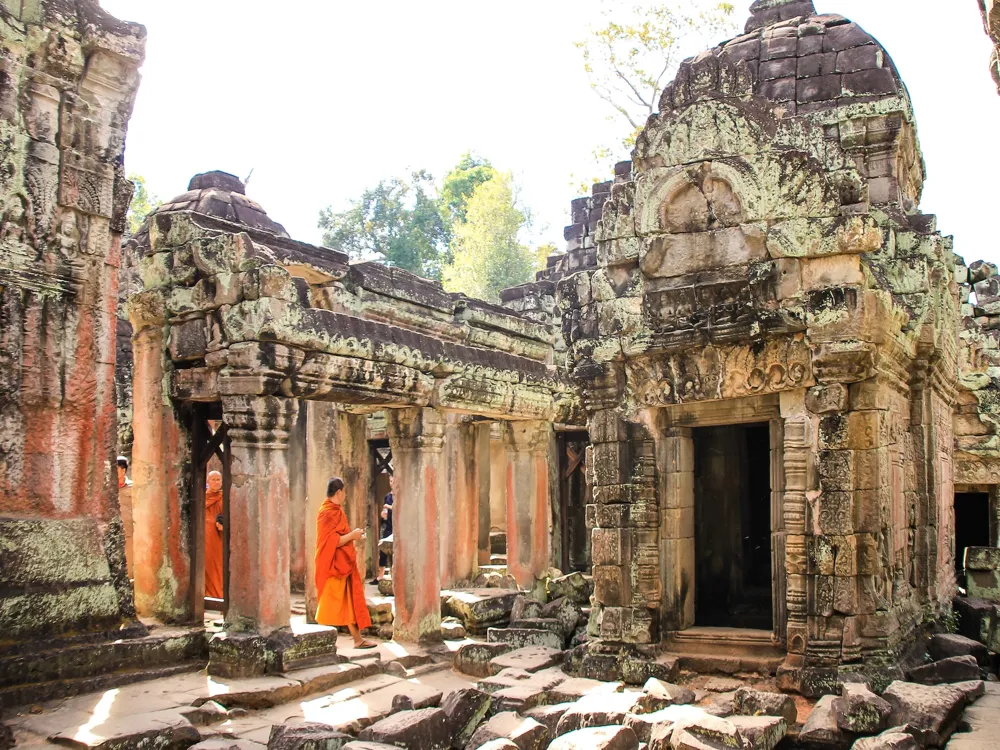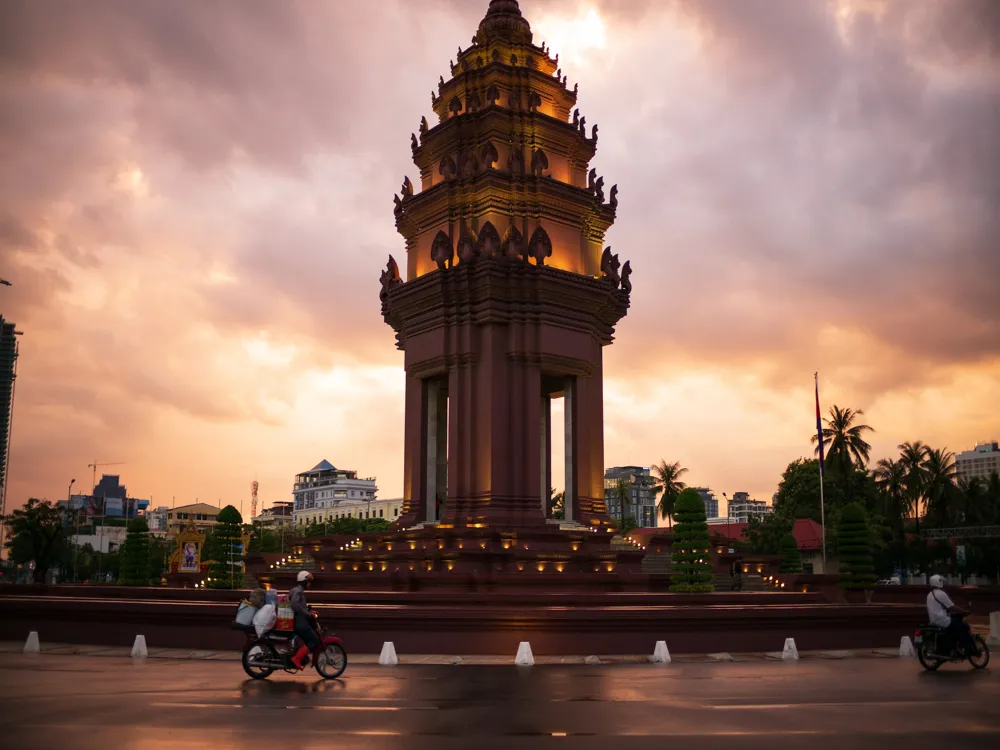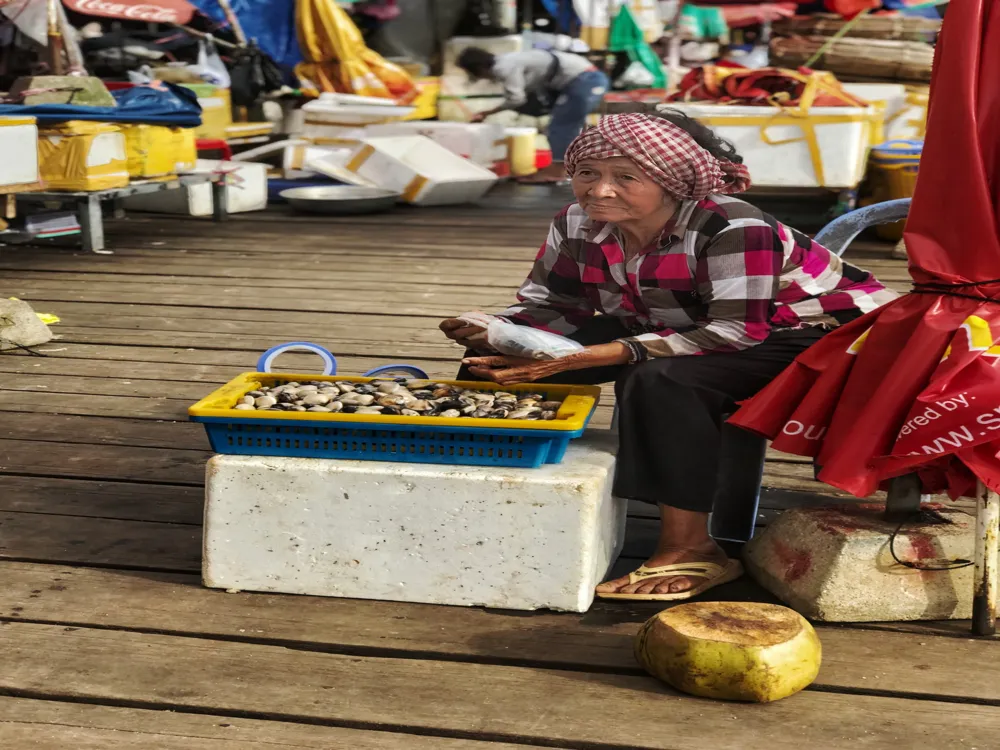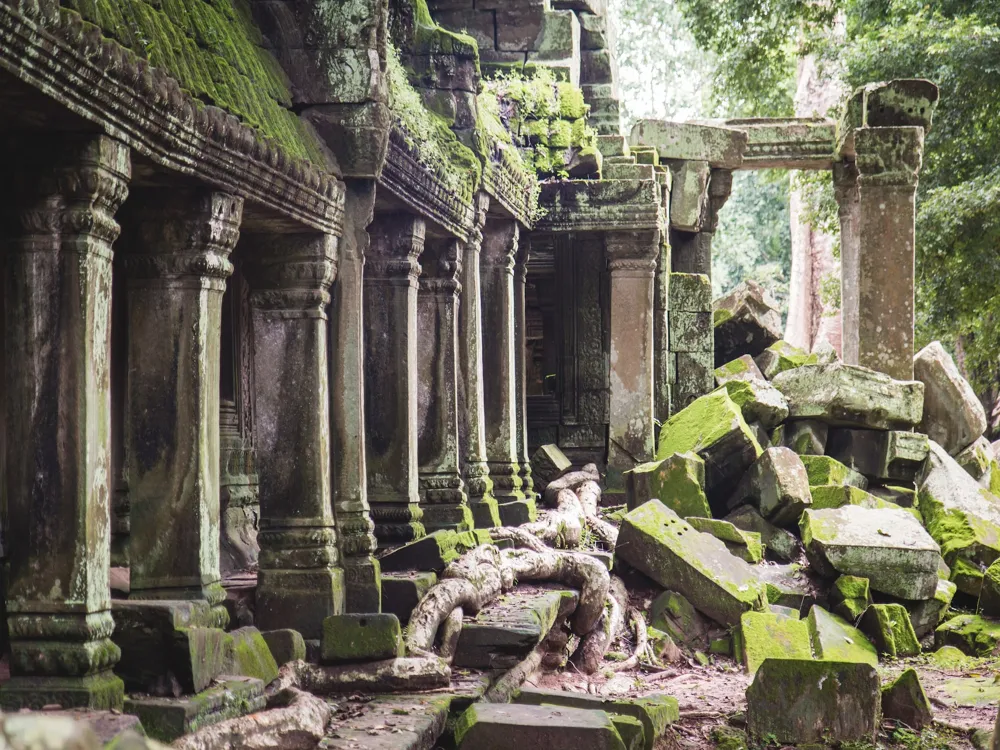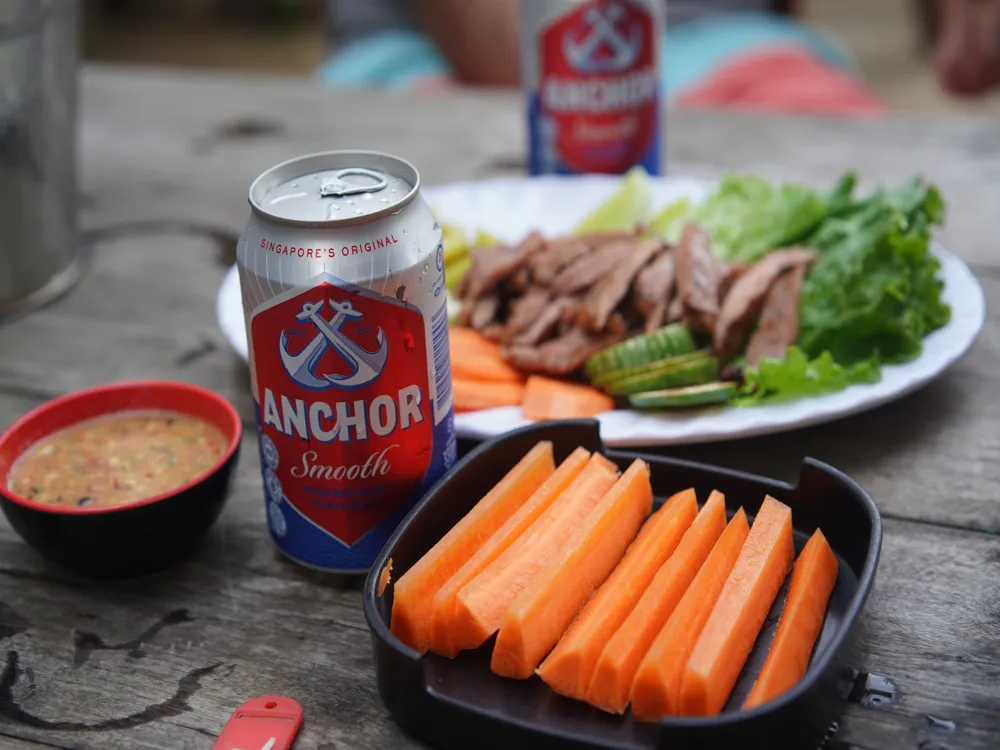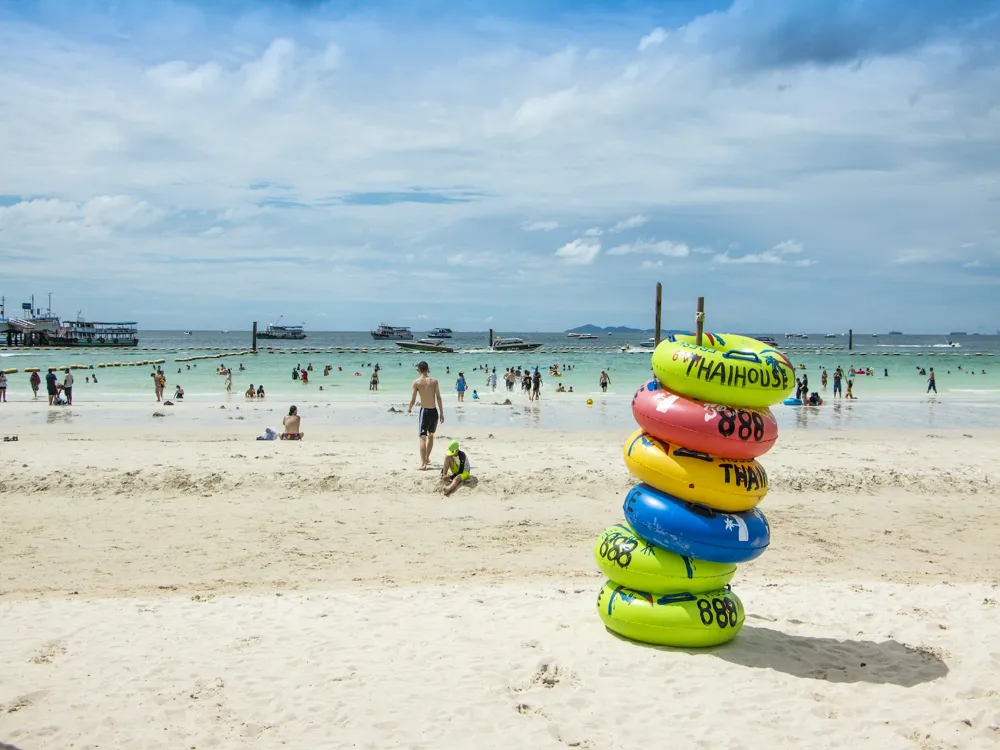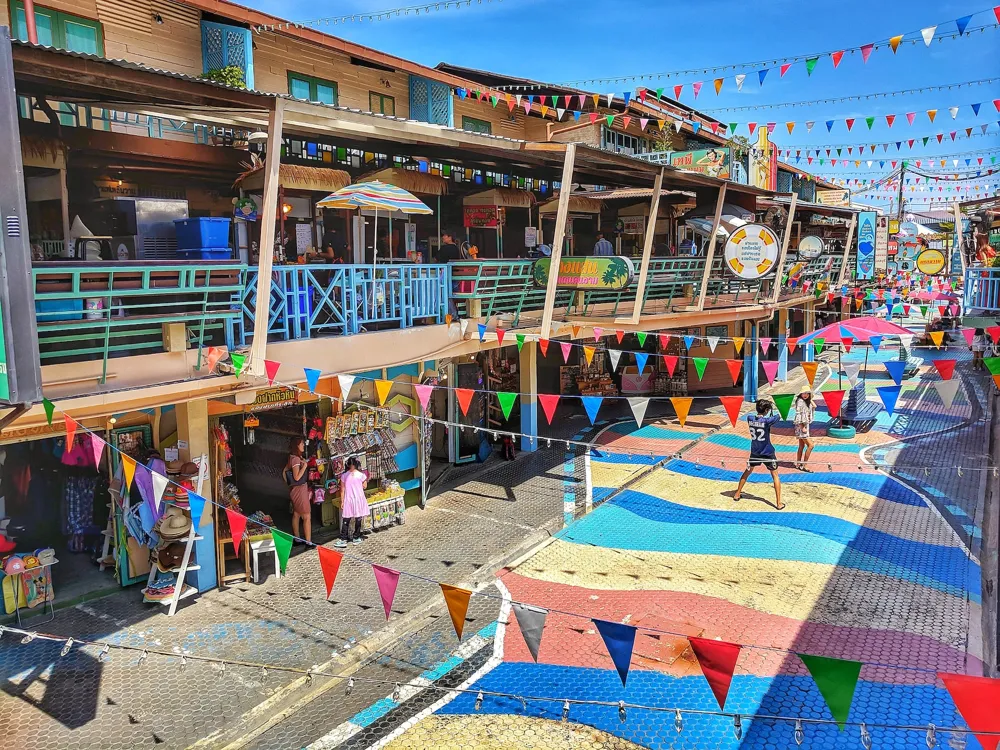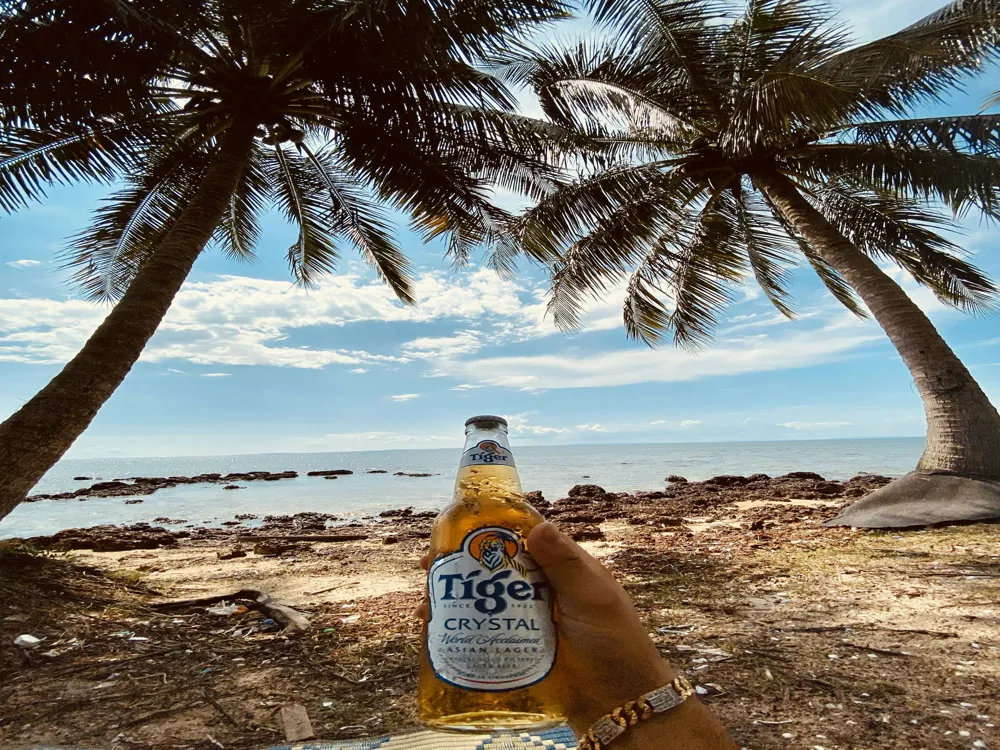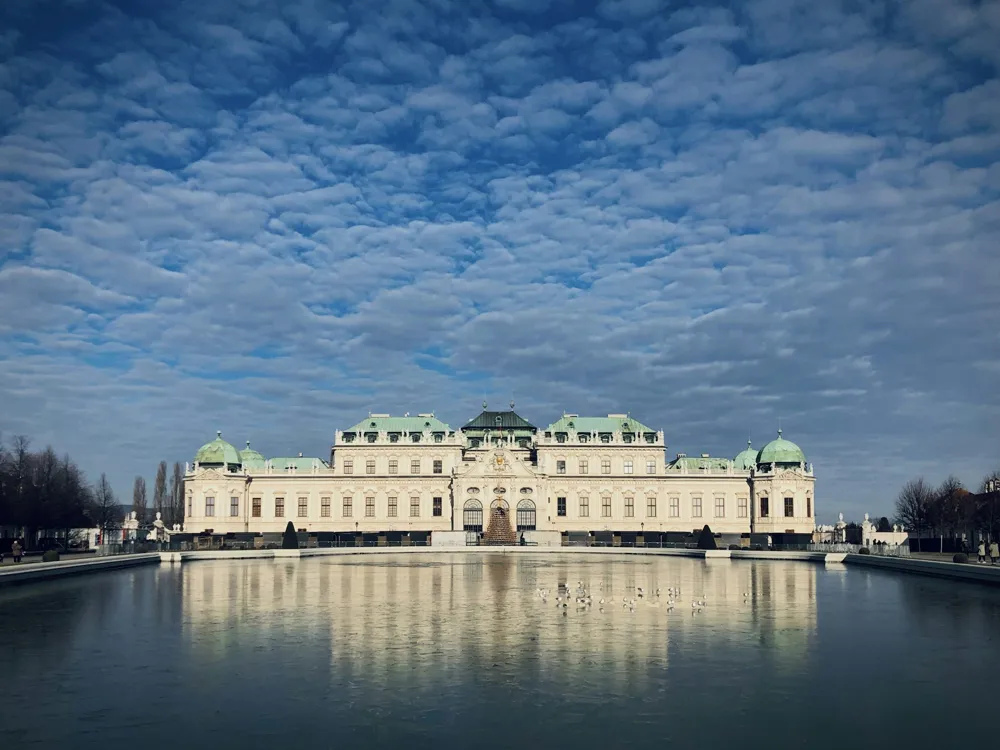Battambang, a city steeped in history and culture, is the second-largest city in Cambodia. Known for its colonial architecture and vibrant art scene, this hidden gem offers a more laid-back atmosphere compared to the hustle of Phnom Penh or the tourist-heavy areas of Siem Reap. Battambang's history dates back to the 11th century, and it has played a significant role in Cambodia's history. From its days under Thai rule to its time as a hub during the French colonial era, each period has left an indelible mark on the city. The city is situated along the Sangkae River, a serene setting that adds to its charm. Visitors are often captivated by the blend of traditional Khmer and French colonial architecture, making it a photographer's paradise. The city is not just about its buildings; the surrounding countryside offers lush landscapes and an insight into rural Cambodian life. The local economy thrives on agriculture, particularly rice farming, and this agrarian lifestyle is evident in the everyday scenes of rural life around Battambang. Battambang's cultural scene is a vibrant tapestry of traditional and contemporary art forms. The city is renowned for its art galleries, circus performances, and music scene. The Phare Ponleu Selpak, a social center and art school, is notable for its circus performances that blend traditional Cambodian stories with modern circus techniques. This fusion of old and new is symbolic of Battambang's overall character. The city's culinary offerings are a delight for food enthusiasts. Traditional Khmer cuisine, with its array of flavors and spices, is prominently featured. Visitors can savor dishes like Amok, a coconut milk curry, or Bai Sach Chrouk, a popular pork and rice breakfast dish. The city's markets, such as the bustling Phsar Nat, are hubs of activity where one can experience the local way of life and sample street food delicacies. Battambang's rich history is one of its most compelling attributes. It was part of the Khmer Empire, evident from the ancient temples dotted around the region. The most notable is the 11th-century Wat Ek Phnom. The city was under Thai rule from the 18th century until 1907 when it was ceded to French Indochina. This period of French colonial rule left a lasting architectural legacy. The city played a significant role during the Khmer Rouge period, and its history during these tumultuous times is both poignant and educational for visitors. Battambang is often referred to as the cultural heart of Cambodia. The city's artistic scene is a dynamic blend of traditional Cambodian art and contemporary expressions. Local artists and performers are forging a path that respects traditional methods while embracing modern techniques and themes. Art galleries, such as Sangker Gallery, showcase works by local artists, providing a window into the soul of the city. The annual Battambang Arts and Culture Festival is a celebration of this rich artistic heritage. The countryside around Battambang is a patchwork of rice fields, traditional villages, and natural landscapes. The serene Sangkae River offers boat trips, providing a unique perspective of the city and its surroundings. The Bamboo Train, a unique mode of transportation, offers a quaint and exciting way to explore the rural landscapes. The nearby Phnom Sampeau, with its hilltop temple and the infamous Killing Caves, provides a mix of natural beauty and historical significance. The architecture of Battambang is a fascinating blend of historical influences and local traditions, making it a unique destination for architecture enthusiasts. The city's architectural landscape is characterized by a mix of traditional Khmer designs and French colonial buildings, offering a glimpse into the country's past. One of the most distinctive features of Battambang's architecture is its well-preserved French colonial buildings. Dating back to the early 20th century, these structures reflect the European influence on Cambodia during the colonial era. These buildings are noted for their detailed facades, shuttered windows, and pastel colors, adding a touch of elegance to the city's streets. Alongside the colonial buildings, traditional Khmer architecture plays a significant role in Battambang's architectural heritage. This style is evident in the city's temples and pagodas, which feature intricate carvings, soaring spires, and detailed murals. These structures not only serve as religious sites but also as cultural repositories, preserving the artistic and spiritual traditions of the Khmer people. In recent years, Battambang has seen a rise in modern architectural influences, blending contemporary designs with traditional styles. This fusion creates a unique urban landscape that respects the past while looking towards the future. Conservation efforts are underway to preserve the city's architectural heritage, ensuring that the charm and history of Battambang's buildings continue to enchant future generations. Wandering through the streets of Battambang offers an architectural journey through time. From the grandeur of the Governor's Residence, a prime example of colonial architecture, to the humble yet beautiful Wat Kor Village, known for its traditional Khmer wooden houses, the city is a living museum of architectural styles. Visitors can take guided architectural tours to learn about the history and significance of these buildings, making their visit to Battambang an educational and enriching experience. The ideal time to visit Battambang is between November and February when the weather is cooler and more comfortable for exploring the city and its surroundings. This period also coincides with many local festivals, offering visitors a chance to experience Cambodian culture at its most vibrant. Battambang can be explored by tuk-tuk, bicycle, or on foot. The Bamboo Train is a unique and must-try experience for getting around the countryside. For longer distances, hiring a motorbike or car with a driver is recommended for convenience and safety. Accommodation in Battambang ranges from budget guesthouses to luxury hotels. Many visitors prefer staying in boutique hotels or colonial-era buildings to fully immerse themselves in the city's historic charm. Sampling the local cuisine is a must when visiting Battambang. The city offers a variety of traditional Khmer dishes, as well as French-influenced cuisine. Street food tours are available for those interested in exploring the city's culinary delights. Understanding and respecting local customs and traditions is important. Dress modestly when visiting temples, and always ask for permission before taking photographs of people or private property. Learning a few basic Khmer phrases can greatly enhance your interaction with locals. Battambang is accessible by road, river, and air. The city is about a 4-hour drive from Phnom Penh and Siem Reap. Regular bus services connect Battambang with major cities in Cambodia. For a more scenic route, riverboat services are available from Siem Reap. Although Battambang has an airport, it is not frequently used for commercial flights. The most common and convenient way to reach Battambang is by road.Overview of Battambang
Historical Significance of Battambang
Cultural and Artistic Hub
Natural Beauty and Surroundings
Architecture of Battambang
Traditional Khmer Architecture
Modern Influences and Conservation Efforts
Exploring the Streets of Battambang
Tips When Visiting Battambang
Best Time to Visit
Local Transportation
Accommodation Options
Local Cuisine
Cultural Etiquette
How To Reach Battambang
Sammaki Art Space
Battambang
NaN onwards
View battambang Packages
Weather :
Tags : Art Gallery
Timings : 9 AM to 4 PM
Time Required : 1 hour
Entry Fee : 1 USD
Planning a Trip? Ask Your Question
Battambang Travel Packages
View All Packages For Battambang
Top Hotel Collections for Battambang

Private Pool

Luxury Hotels

5-Star Hotels

Pet Friendly
Top Hotels Near Battambang
Other Top Ranking Places In Battambang
View All Places To Visit In battambang
View battambang Packages
Weather :
Tags : Art Gallery
Timings : 9 AM to 4 PM
Time Required : 1 hour
Entry Fee : 1 USD
Planning a Trip? Ask Your Question
Battambang Travel Packages
View All Packages For Battambang
Top Hotel Collections for Battambang

Private Pool

Luxury Hotels

5-Star Hotels

Pet Friendly








